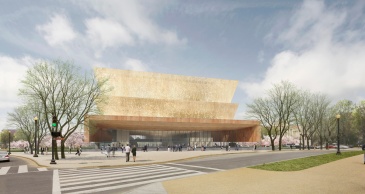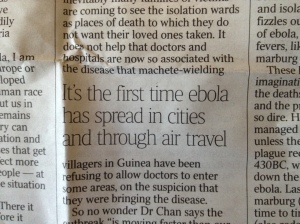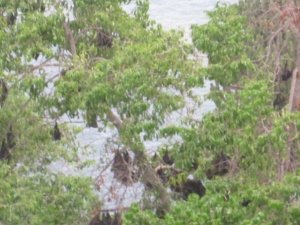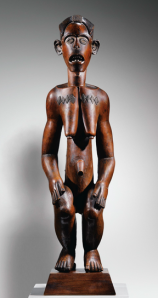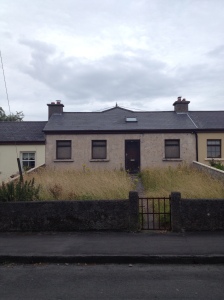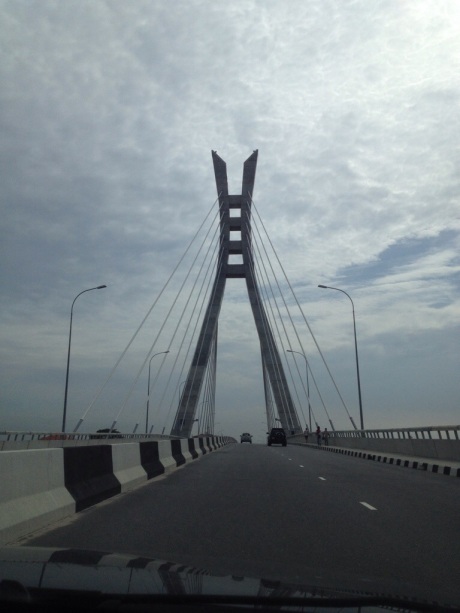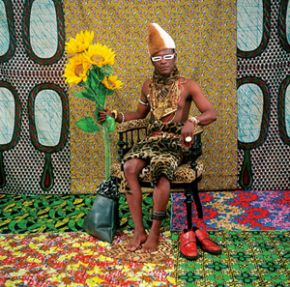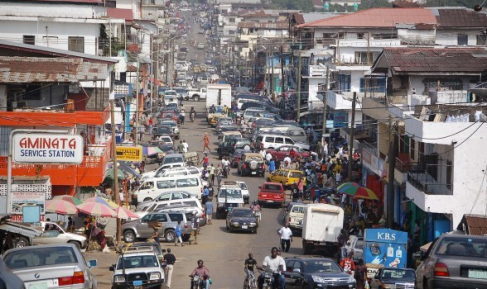A Harvard researcher who tracks Ebola’s evolution remembers being “totally shocked” when he learned that Zaire ebolavirus was behind reports of a mysterious hemorrhagic fever cropping up in Sierra Leone last January. Lassa fever or even the rare Côte d’Ivoire Taï Forest strain of Ebola would have been more logical pathogens according to him, and the question remains: how exactly did the most lethal form of Ebola – which was previously restricted to Central Africa – suddenly appear thousands of miles away on the edge of West Africa? Researchers may never be able to provide a precise explanation, but they have developed several theories as to how Zaire ebolavirus “jumped” across the continent.
Some background on the basic evolutionary biology of Ebola is necessary to appreciate the mystery presented by this mammoth leap. Moving down the tree of evolutionary similarity, the Filoviridae family encompasses the Ebolavirus genus, of which there are five distinct (known) species: Zaire ebolavirus, Sudan ebolavirus, Reston ebolavirus, Bundibugyo ebolavirus, and Taï Forest ebolavirus. All are found in Africa except for Reston, which has only appeared in a Virginia lab.
Despite widespread reports that the current Ebola outbreak is West Africa’s first instance of the virus, one previous case of Ebola was recorded in the region prior to last December. The case occurred when a female Swiss ethologist contracted the disease while conducting a necropsy on an infected Chimpanzee in the Taï Forest region of Côte d’Ivoire that borders Liberia. She survived what virologists eventually determined to be a separate species of Ebola, and this year’s outbreak in Liberia, Guinea, and Sierra Leone surprisingly has no connection to that species now known as Taï Forest ebolavirus.
The culprit of this year’s outbreak, Zaire ebolavirus has likely circulated in the forests of Central Africa for hundreds of years. The first confirmed case occurred only in 1976 near the Ebola River in Zaire, but based on the virus’s mutation rate, Ebola likely split from Marburg virus – another deadly member of the Filoviridae family – around 800 years ago. Further evidence for the long history of Ebola in Central Africa comes from the virus’s presence in stored samples collected from Gabon primates prior to 1976. Previous cases likely went internationally undetected in part because of long practiced indigenous protocols such as isolating infected people outside of villages in addition to community-wide dietary restrictions during times of unusually severe afflictions (see Matthew Barry’s anthropological research on Ebola).
After 1976, Zaire ebolavirus went eerily quiet but reemerged again in the mid-1990s, beginning a series of semi-annual outbursts that continue to this day in Central Africa (the recent 2014 DRC outbreak is the latest instance and is unconnected to the West Africa outbreak). Contrary to many recent news reports, these sporadic episodes have affected bustling cities (Gulu, Kikwit) and have spread via air travel (from Gabon to South Africa), but the initial index cases have always originated in Central Africa, and the outbreaks have never eclipsed more than a few hundred cases.
The 2014 West African outbreak broke this pattern. Scientists have now traced its origin back to a two year old boy who was likely exposed to fruit bats last December in Guinea, ruling out an immediate cause of an infected person bringing the virus directly from Central Africa.
The connection of fruit bats to an Ebola outbreak is not unusual, and bats have been linked to several other index cases over the years. As a result, bats are the leading suspect for the elusive and long sought “reservoir” animal that asymptomatically harbors the virus between human outbreaks. Tests on thousands of animals in Central Africa have yet to find definitive traces of ebolavirus, perhaps because the virus is also rare amongst animals or else only flares up for short spells.
Even within a single species of Ebola, the virus’s DNA constantly mutates each time it jumps from animal to animal, or animal to human. Thankfully the mutation rate for Ebola is much lower than other RNA viruses such as HIV/AIDS, providing more hope for a sustainable cure. Based on its slow rate of mutation, the genetic structure of the Zaire strain ravishing West Africa seems to have separated from its Central African parent strain of Zaire ebolavirus about a decade ago.
This estimate gives scientists about a ten-year window within which to speculate as to how Zaire ebolavirus ended up in West Africa. Here again, bats present the most likely link.
One theory picked up by those with a taste for primitiving Africa, postulates that Africans’ supposed appetite for bat meat (and bush meat in general) has led to the illegal smuggling of infected bats or chimpanzees from Central Africa to West Africa. While it is true that infected primates acted as vectors for bringing Reston ebolavirus to the US and Marburg virus to Germany, there is no evidence of an elaborate black market for bush meat criss-crossing Africa. Assuming a thriving bush meat trade is to misunderstand the driving factor behind wild game consumption in Africa: poverty. West Africans don’t import chimpanzees and bats from Central Africa as exotic delicacies—hungry villagers hunt small game in the forest to add protein to their diets, as other forms of meat are often prohibitively expensive. The average annual income in Guinea is $416 (World Bank).
A more likely scenario for Ebola’s jump involves the long distance migration of bats. Bats are unique amongst mammals in their ability to fly, and recent research tracking their flight patterns has uncovered that they often travel hundreds of miles a year in search of insects. Just about everything about bats from their migration routes to their immune systems is notoriously understudied.
According to the few published studies, scientists know that there are “metapopulations” of bats – separate colonies (whose members can run into the millions) that interact on some level. In other words, large populations of bats come into contact with other large populations of bats at the fringes of their territories or as they migrate, allowing pathogens to pass between them. Along such a metapopulation network, Zaire ebolavirus could have worked its way up the coast of West Africa. Preliminary positive tests for Zaire ebolavirus in bats found in Ghana – about halfway between the DRC and Guinea – support this theory of a gradual passing on of Ebola.
One factor that complicates this picture of bat-born Ebola is the fact that human outbreaks seem to only occur in regions of Africa where large primates are found. This remains a puzzling mystery, but one possible explanation floated is that Ebola needs to be – in a sense – shaken back and forth between bats and non-human primates before it mutates into a form that can be picked up by humans. An intriguing theory and time will tell if index cases eventually do emerge from areas without non-human primates.




